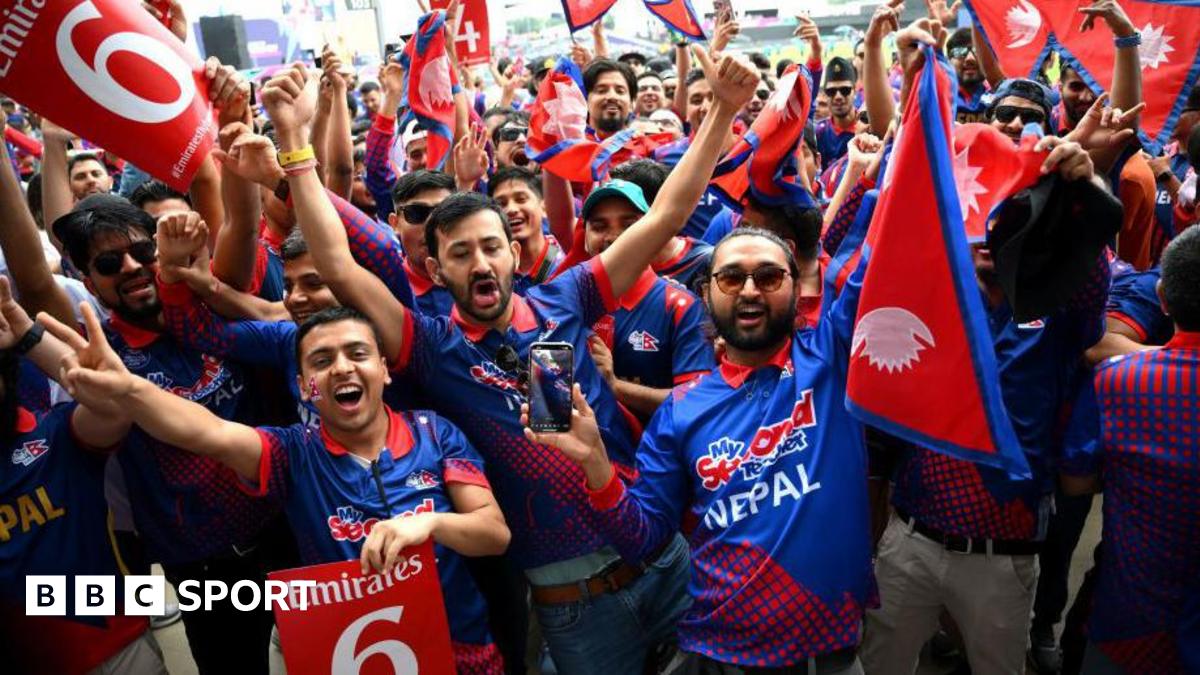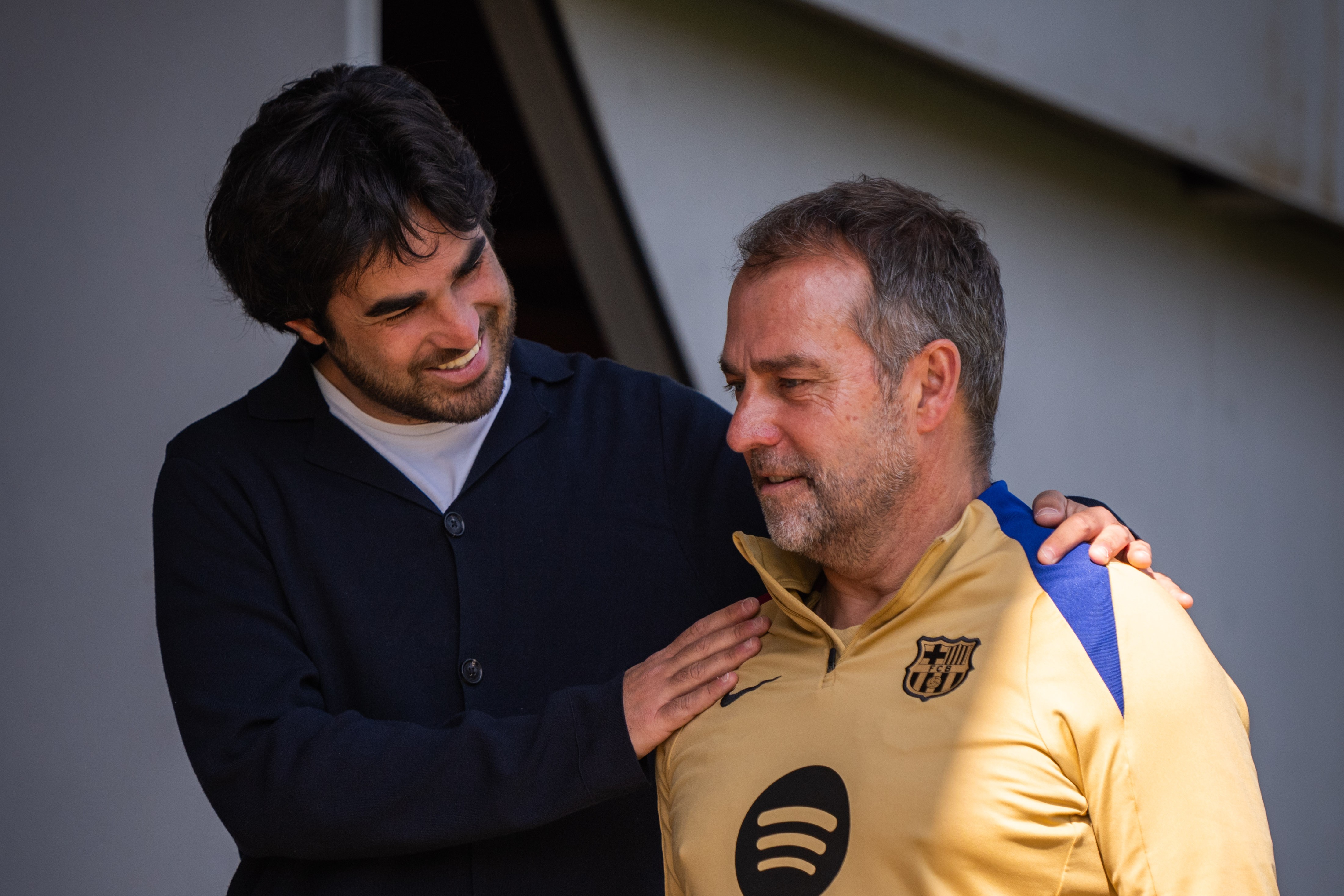How to save 11 match points in tennis - and a slice masterclass on the Queen’s grass

Welcome back to the Monday Tennis Briefing, where The Athletic will explain the stories behind the stories from the past week on court.This week, there were 11 incredible escapes in one match, grass courts created debate around tennis quality, and there was a masterclass in slice from one finalist.If you’d like to follow our fantastic tennis coverage, click here.How to save 11 match points?Just under a week on from Carlos Alcaraz saving three match points against Jannik Sinner in the French Open final, Belgium’s Elise Mertens went one — or actually eight — better in the Netherlands.They weren’t championship points, like the ones Alcaraz saved, but in saving 11 (eleven) match points against Ekaterina Alexandrova in the Rosmalen Grass Court Championships semifinal, Mertens equalled a WTA Tour record that has stood since 2001: the most match points saved by a player who has gone on to win a match this century. Zsófia Gubacsi saved 11 against Tamarine Tanasugarn in the first round of that year’s French Open. Mayar Sherif saved 12 match points in beating Jesika Malečková at the WTA Budapest Open in 2022, but that was a 125 event, not a full tour event.AdvertisementMertens, who has been ranked as high as No. 12 and has won four doubles Grand Slams, was trailing 6-2, 5-4 and down 15-40 on her serve when she faced the first of the 11 match points. After saving those two, Mertens, now ranked No. 24, produced a brilliant backhand winner down the line to fend off another of the three she faced that game.Serving down 6-5 a couple of games later, Mertens saved five more match points to force a tiebreak. Once there, Alexandrova finally earned a match point on her own serve at 6-5, but that too came and went, and Mertens pinched the tiebreak 9-7.It’s a credit to Alexandrova that she didn’t completely collapse in the third set after the heartbreak of all those missed opportunities. She actually had another lead, this time 4-3 with a break, but again couldn’t convert it. She lost the match when Mertens took only her second match point for a 2-6, 7-6 (7), 6-4 win.Alexandrova, the world No. 18, reached the Wimbledon fourth round in her last visit two years ago, but this will surely take some recovery.Mertens, buoyed by her miraculous escape, went on to win the title in ‘s-Hertogenbosch by beating Elena-Gabriela Ruse in Sunday’s final. But her run will always be remembered for Saturday’s extraordinary events.Charlie EccleshareHow to figure the quality of grass-court matches?In tennis, particularly grass-court tennis, beauty is in the eye of the beholder. For some, its staccato nature is what sets it apart; for others, that’s what makes it the least appealing of the surfaces.The slick, low-bouncing grass means it’s the quickest of the outdoor surfaces. That generally means shorter points and matches with a higher ratio of winners to errors, certainly compared with the more attritional clay. The winner: error ratio is often used as a marker of tennis quality, but when used out of surface context, it can present a false impression of how good a tennis match is.AdvertisementIn one of last week’s Rosmalen Grass Court Championships quarterfinals, one of the players hit 44 winners compared to 26 unforced errors. The other hit 22 winners compared to 12 unforced errors. Those are two very healthy ratios. In the French Open final between Sinner and Alcaraz, hailed as one of the greatest matches of all time, both players hit more unforced errors than winners.But that’s entirely normal for a clay-court match, and this grass-court quarterfinal would not have been to everyone’s tastes. A high proportion of those winners were aces: 24 from Reilly Opelka of the U.S. and seven from his opponent, Russia’s Daniil Medvedev. Their whole match lasted 98 minutes, despite both sets going to tiebreaks. The last set alone of the French Open final lasted 78 minutes.Opelka and Medvedev’s match is an extreme example of what grass-court tennis can look like, but even so, last week was a reminder of the drastic leap that happens when tennis switches over from the crushed brick.Shorter rallies, points generally ended by explosive shots, more aces. And, like clay, a beauty that’s very much subjective.Charlie EccleshareIn further celebration of Tatjana Maria’s masteryAny professional tennis player could venture that this is the worst week of the year to have to play a qualifier.The transition from clay to grass is the toughest adjustment of the season, from the slowest surface to the fastest and the trickiest. While the top-ranked players will land straight in a main-draw match, anyone who comes through qualifying has already won two pressure-filled matches on the grass.That heightened challenge is even loftier if that qualifier is the grass-court-proven Tatjana Maria. On her way to winning last week’s Queen’s women’s tournament, Maria cut through seven opponents – two in qualifying and five in the tournament proper. She beat four seeds, two of them Grand Slam champions and one, in Elena Rybakina, a Wimbledon champion.AdvertisementMaria’s game is suited to grass, so while her win is explainable in hindsight, it’s pretty astounding. She was the world No. 86 at the start of the event. She’s 37. She travels the world with her coach and husband, Charles-Edouard, and their two children, Charlotte, 11, and Cecilia, four. All of them were in the front row on Sunday to celebrate their mother’s day on Father’s Day.Maria, a Wimbledon semifinalist in 2022 who has not made it past the second round of any other Grand Slam, beguiled an in-form Amanda Anisimova in straight sets 6-3, 6-4. That capped off a pretty impressive run that included wins over Rybakina and Madison Keys, both proven grass-court champions, and Karolina Muchová, a French Open finalist.While no one likes to lose, losing to Maria often goes down a little easier, as she might be the most well-liked and admired player on the tour.Matt FuttermanAnother milestone for the twilight of the sandwich generation?Players born in the 2000s have been coming for their 1990s peers for a while now. Alexander Zverev, Medvedev and Stefanos Tsitsipas — and later, Casper Ruud and Andrey Rublev — were once the next generation. Now they are the tennis sandwich generation: the group that broke through and ran into Roger Federer, Rafael Nadal and Novak Djokovic, before Carlos Alcaraz and Jannik Sinner arrived to steal their future.This week, Ben Shelton’s run to the semifinals of the Stuttgart Open in Germany vaulted him into the top 10 for the first time in his career. A big moment for Shelton, but a bigger one in the passage of time on the ATP Tour: for the first time, there are six men born in the 2000s in the top 10. Zverev is the only member of the sandwich generation still in right now; Tommy Paul and Taylor Fritz are the other two 1990s players. Then there’s one guy born in the 1980s: Djokovic. He’s still pretty good.Holger Rune, Lorenzo Musetti and Jack Draper are the non-American 2000-or-later members of the top 10. How long might this order last? Hard to say. Medvedev is knocking on the door at No. 11, just 30 points behind Shelton. Alex de Minaur, in 12th, is just 85 points back.AdvertisementShelton will play at Queen’s in London this week, along with de Minaur, while Medvedev is in Halle, Germany.Matt FuttermanRecommended reading:🏆 The winners of the week🎾 ATP🏆 Taylor Fritz (2) def. Alexander Zverev (1) 6-3, 7-6(0) to win the Stuttgart Open (250) in Stuttgart, Germany. It is the American’s first title of 2025.🏆 Gabriel Diallo def. Zizou Bergs 7-5, 7-6(8) to win the Rosmalen Grass Court Championships (250) in ‘s-Hertogenbosch, the Netherlands. It is the Canadian’s maiden ATP Tour title.🎾 WTA🏆 Tatjana Maria (Q) def. Amanda Anisimova 6-3, 6-4 to win Queen’s (500) in London. It is the German’s first WTA 500 title.🏆 Elise Mertens (3) def. Elena-Gabriela Ruse 6-3, 7-6(4) to win the Rosmalen Grass Court Championships (250) in ‘s-Hertogenbosch, the Netherlands. It is the Belgian’s 10th WTA Tour title.📈📉 On the rise / Down the line📈 Iva Jovic moves up 27 places from No. 115 to No. 88 after winning the WTA 125 Ilkley Open in the U.K. Jovic, 17, becomes the youngest player in the WTA top 100.📈 Ben Shelton ascends two spots from No. 12 to No. 10 after reaching the semifinals in Stuttgart. It is his top-10 debut.📈 Tatjana Maria reenters the top 50 after rising 43 spots from No. 86 to No. 43.📉 Katie Boulter falls five places from No. 34 to No. 39, making Emma Raducanu the British women’s No. 1.📉 Jack Draper drops two places from No. 4 to No. 6, changing how he will be seeded for Wimbledon.📉 Matteo Berrettini descends five spots from No. 28 to No. 33, putting him outside the top-32 cut for Wimbledon seeding.📅 Coming up🎾 ATP📍London: Queen’s (500) featuring Carlos Alcaraz, Jack Draper, Ben Shelton, Taylor Fritz.📍Halle, Germany: Halle Open (500) featuring Jannik Sinner, Alexander Zverev, João Fonseca, Stefanos Tsitsipas.📺 UK: Sky Sports, BBC; U.S.: Tennis Channel 💻 Tennis TV🎾 WTA📍Berlin: Berlin Open (500) featuring Aryna Sabalenka, Coco Gauff, Jessica Pegula, Zheng Qinwen.📍Nottingham, U.K.: Nottingham Open (250) featuring Beatriz Haddad Maia, Clara Tauson, Hannah Klugman, Katie Boulter.📺 UK: Sky Sports; U.S.: Tennis ChannelTell us what you noticed this week in the comments below as the men’s and women’s tours continue.(Top photo: Joris Verwijst / BSR Agency via Getty Images; design: Eamonn Dalton / The Athletic)















